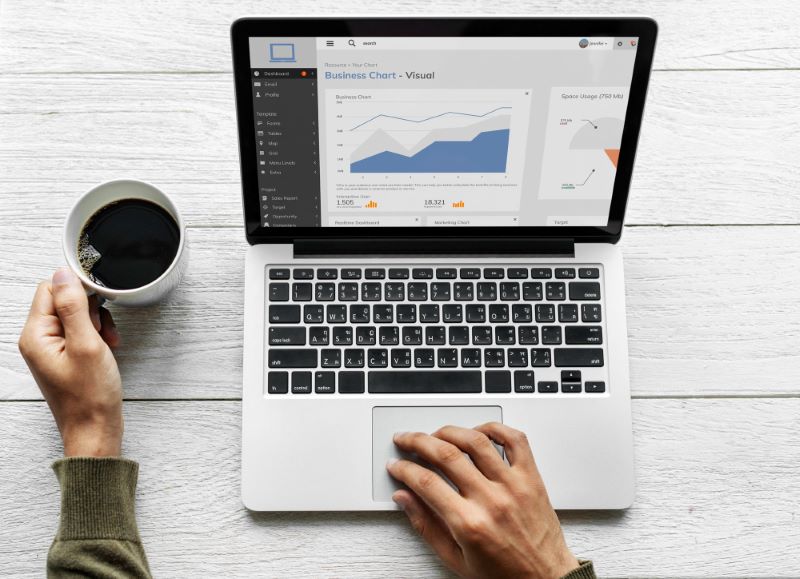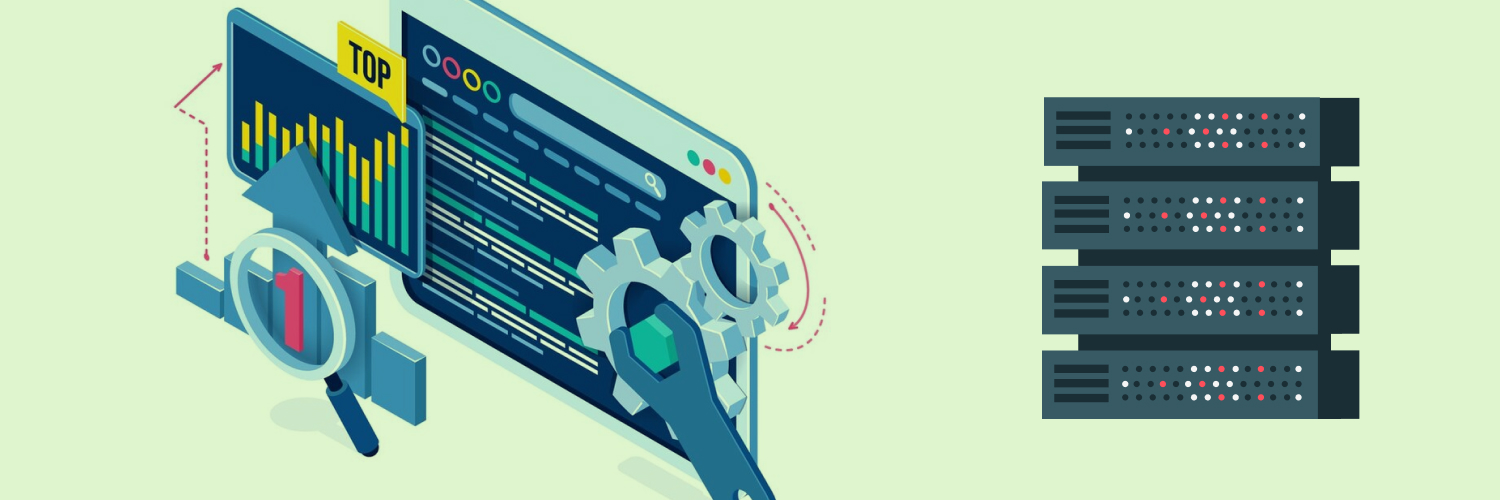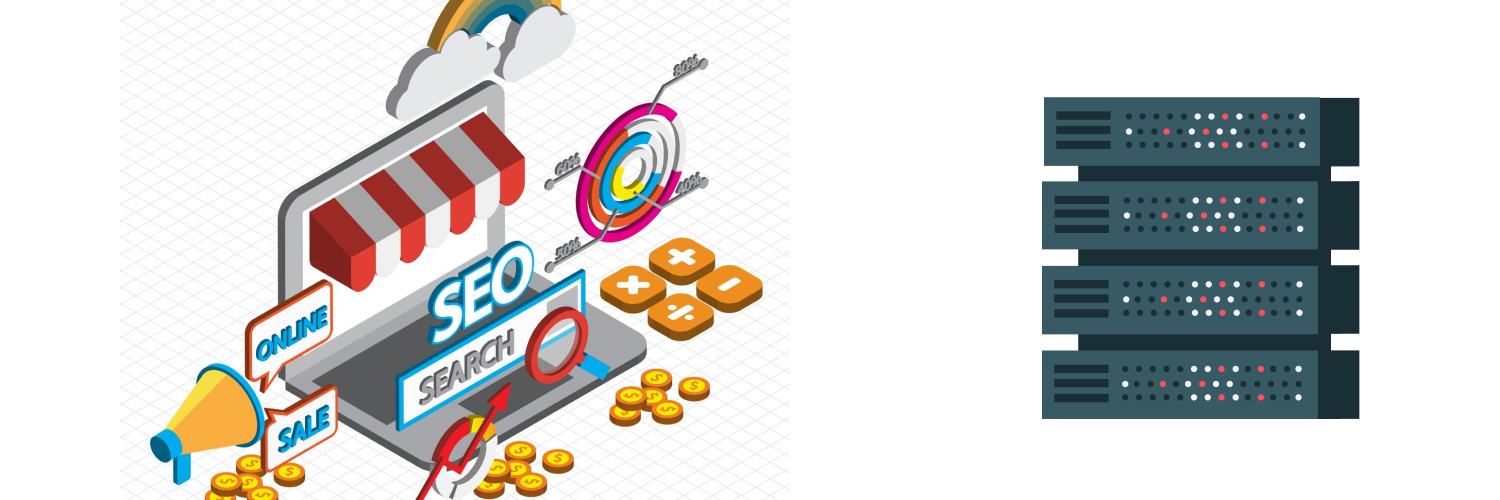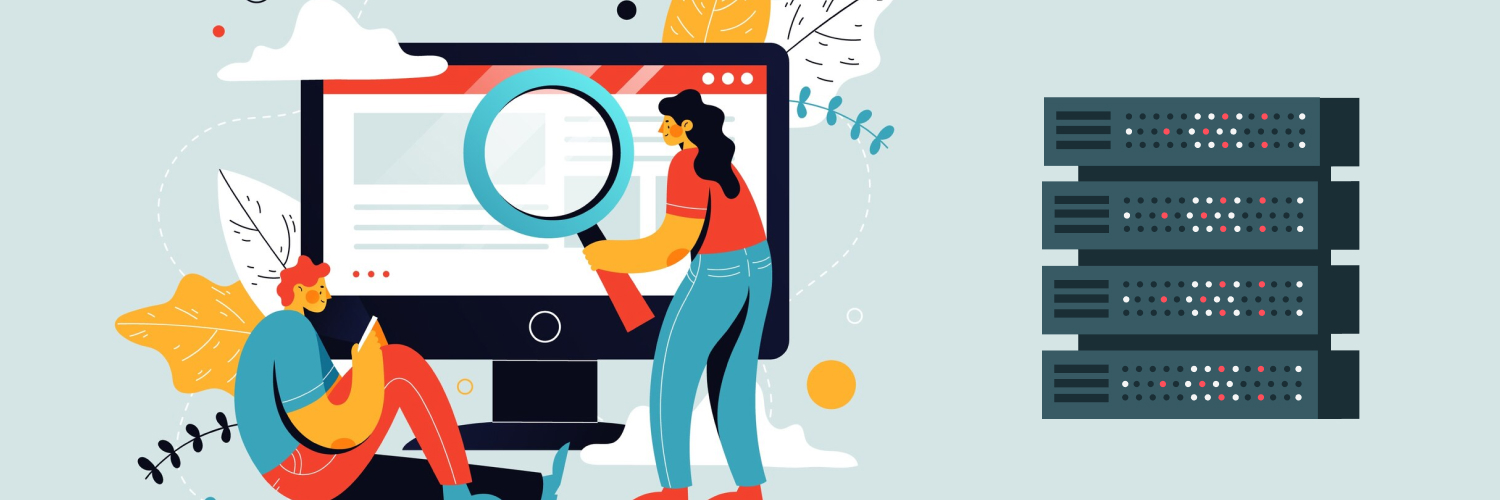Automatic Data Collection: How to Pull Data From a Website
With a little time and practice, automatic data collection will be no problem for you.
Automated Data Collection Systems

Data scraping is the practice of automatically pulling data from a website. Most web scraping tools (automated data collection systems) only require the site URL (the website address, like https://www.google.com, is the URL) to extract all the information about that page. Large companies do this all the time.
You can program web scraping tools to automate data collection, and even tell them what you want to find. Once programmed, a web scraper can find and compile all the data you want from a page into an easy-to-read spreadsheet or other file type.
Because they’re so easy to use, web scraping skills don’t require a lot of technical know-how. You just need to learn the basics and let the program do the work. As time goes on, you’ll learn the program and your knowledge will become more advanced.
If used correctly, automated data collection can be used as a business advantage. The data from popular websites, or sites that are competitors to your business, can be used for:
- Price monitoring, including price intelligence and dynamic pricing
- Tracking reviews for brand reputation management
- Sentiment analysis — how people feel about your brand or product
- Lead generation
- Competitor research
- Intellectual-property monitoring
And more.
We’ll go into the benefits of automatic data collection in a little more detail later on, but first, let’s look at how it works.
How to Automatically Pull Data From a Website

Web scraping is much easier than manually collecting all the data you want from websites. Even going through one web page and copy/pasting the relevant information can take forever! But web scraping software can do it for you.
There are multiple web scraping programs out there, and each of them is built to work with any HTML link to pull the data from a web page. By themselves, some tools can be limited in their function — they might get the data for you, but won’t be able to organize it. That’s where proxies come in.
Automate Data With a Proxy

Proxies are important for web scraping. They are one of the best ways to automate data collection for two main reasons: because they hide your true identity and location, and because they can get around geographic restrictions. But what are they, exactly?
Proxies hide your device by acting as an intermediary between you and the internet. Every device that connects to the web — like a computer or smartphone or tablet — has an internet protocol (IP) address. When you pull up a web page, you’re sending a request from your computer to the website’s server, and the server sends back the website you want.
Proxies take the request from you and send it to the website server using their IP address, then they forward what the server sends back to your computer. The server thinks the request is coming from the proxy instead of your machine, masking your identity. That’s what makes proxies an integral part of automated data collection methods, no matter which you use.
Since the server doesn’t know it’s you, you can use multiple proxies to send requests to the same website. That lets you get around request limitations that restrict the amount of time one IP address can send a request to a certain page. This is useful if you want to quickly scrape the data from hundreds of pages without the site thinking you’re a bot and blocking your access.
If you want to gather data from a website you know is blocked in your country, proxies can help you get around that by making it appear that you’re in an un-blocked area. Or, you can just watch that Netflix show from another country you’ve been eyeing.
There are two main types of proxies:
- Data-center proxies: proxies hosted on a server. These include semi-dedicated, dedicated, and rotating proxies.
- Residential proxies: proxies that use a specific device’s IP address (that isn’t your own).
But which is the best for your use case? Residential proxies are particularly useful for automatic data pulling because the website you’re pulling data from sees them as a person, not a bot or server. They tend to cost more, but the high-quality options are worth it for the security, privacy, and functionality they give you.
It’s easier than ever to use proxy servers. You can even download them as a browser add-on if you use Chrome, and certain proxies even allow you to switch between servers with a single click for enhanced security.
When you buy quality, ethically sourced proxies, a lot of the work gets done for you. After you make the purchase, an email is sent to your account with login credentials and a list of proxy IP addresses you can use. Set them up, route your automated data collections systems through those proxies, and you’re in business.The internet is a vast store of data, and much of it can be used to your advantage if you own a business. The challenge most people face is learning how to access and use that information.
If you’re new to the data world, you may feel like you’re in way over your head when the technical terms start flying around. Terms like “web proxy,” “data scraping,” and “IP” can sound foreign. But these concepts are easy to demystify.
In this article, we’ll focus on how to automatically pull data from a website using automated data collection systems so that you can use it to gain a competitive advantage. We’ll define data scraping — or web scraping — and look at some of the benefits you can gain from mastering it.
What You Can Learn From Automating Data Collection

The ability to automatically collect data from any website gives you a lot of power. From tracking prices to industry trends, collecting the right data can put you ahead of the competition.
Product information
Say you’re considering a new product for launch, and you want to research bigger companies to see how they do it. Pulling the data from their sites can show you what sizes they offer, what materials they use to make their product, and other details you can incorporate into yours.
Once you see how the bigger, more successful companies do it, you can emulate their offerings yourself. Or, do it better if you can figure out how.
Pricing information
Nailing down the right price for your product can be difficult. You don’t want to make it too much and cut out the majority of people, or too little and make your product seem cheap. Data scraping can provide a range of prices from competitor’s websites for you to work with.
Consumer sentiment
Pulling review data from product pages and searching them for patterns can tell you about the problem with a product. If multiple reviews mention that a product was flawed in the same way — say a shoe that came apart two weeks after wearing it — you can address that problem with your product.
People will also often comment on the shipping process and overall experience with a brand. Finding and addressing patterns here can help you innovate and improve your service as well as your product.
Industry trends
Going beyond product pages and reviews, you can use data automation to scrape the web pages relevant to your industry and analyze them for trends. Since the process is automatic, you have much more time to work with the data and find the pattern.
That makes data collection a vital part of any business automation strategy, alongside elements like automated email marketing and chatbots. You can even sift through your social media mentions for patterns in the way people are discussing your brand, an especially useful tactic if you have a large following.
Social, environmental, and economic issues are on everyone’s mind today, and people want to align themselves with businesses that share their values. Scraping social media sites for larger trends will give you insight into the topics your customers care about.
Why Scraping Is The Best Way to Automate Data Collection

Proxies let you get around geographic restrictions, avoid page request limits, and stay anonymous online. Multiple proxies making requests together can give you the ability to sift through hundreds of website pages and collect much more data than you could on your own.
If you’re going to make automated data collection a regular part of your business strategy, you may want to consider investing in residential proxies, as these are better for getting around request limits.
Sit down and think through the kind of data you’ll need to collect and let that inform which tools you choose. Try out multiple proxy types and see what’s best for your business. You’ll often be able to test-drive them for free before you buy.
Conclusion
With the right program, it’s easier than ever to collect the data you need to give your business a competitive advantage. And you can do it all automatically.
The best way to complete automatic data collection is by using proxies. Which ones you use are up to you, but you’ll want to make the extra investment to buy high-quality proxies that are ethically sourced. You can feel better about using them, and they come with greater security and functionality.
The information contained within this article, including information posted by official staff, guest-submitted material, message board postings, or other third-party material is presented solely for the purposes of education and furtherance of the knowledge of the reader. All trademarks used in this publication are hereby acknowledged as the property of their respective owners.





